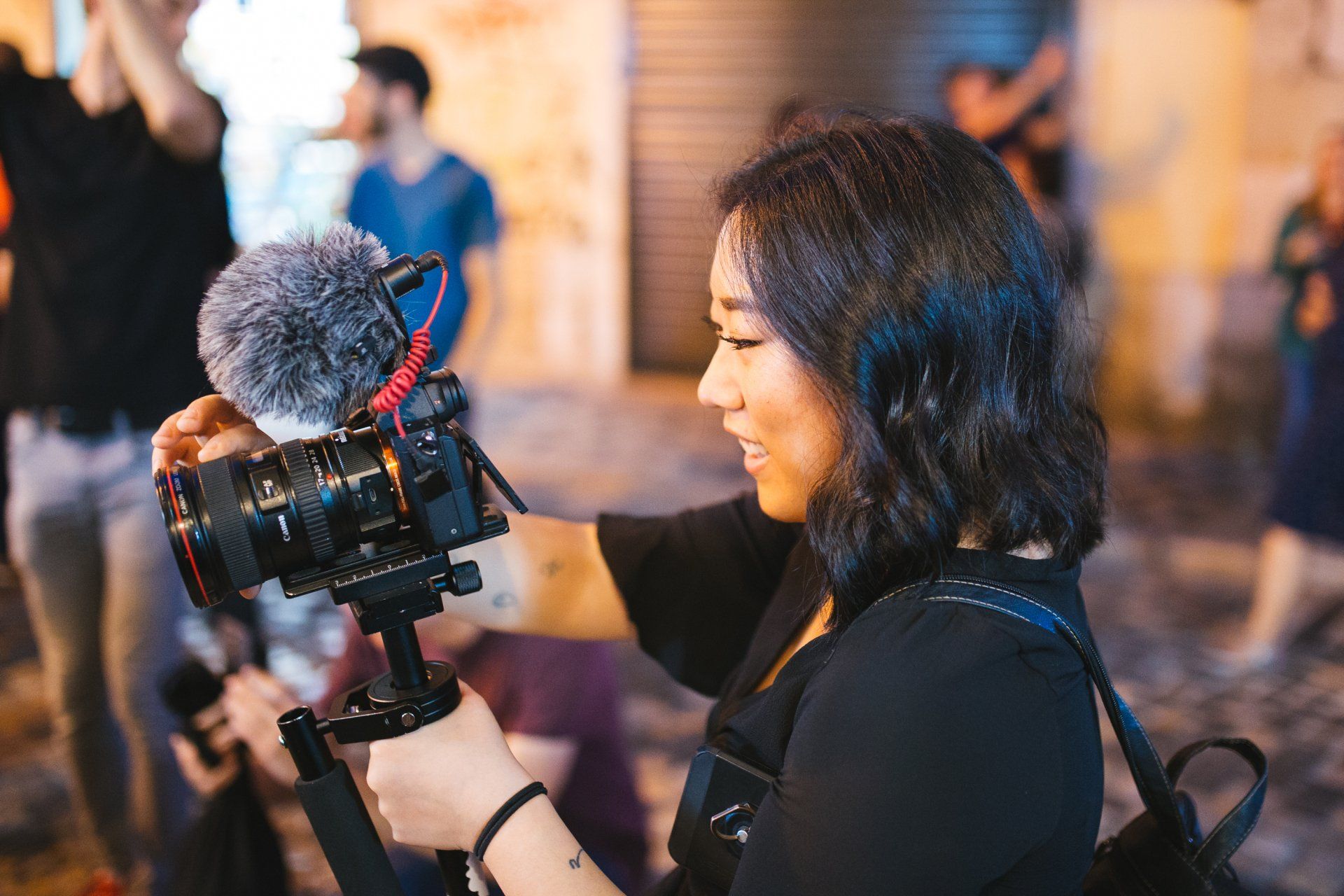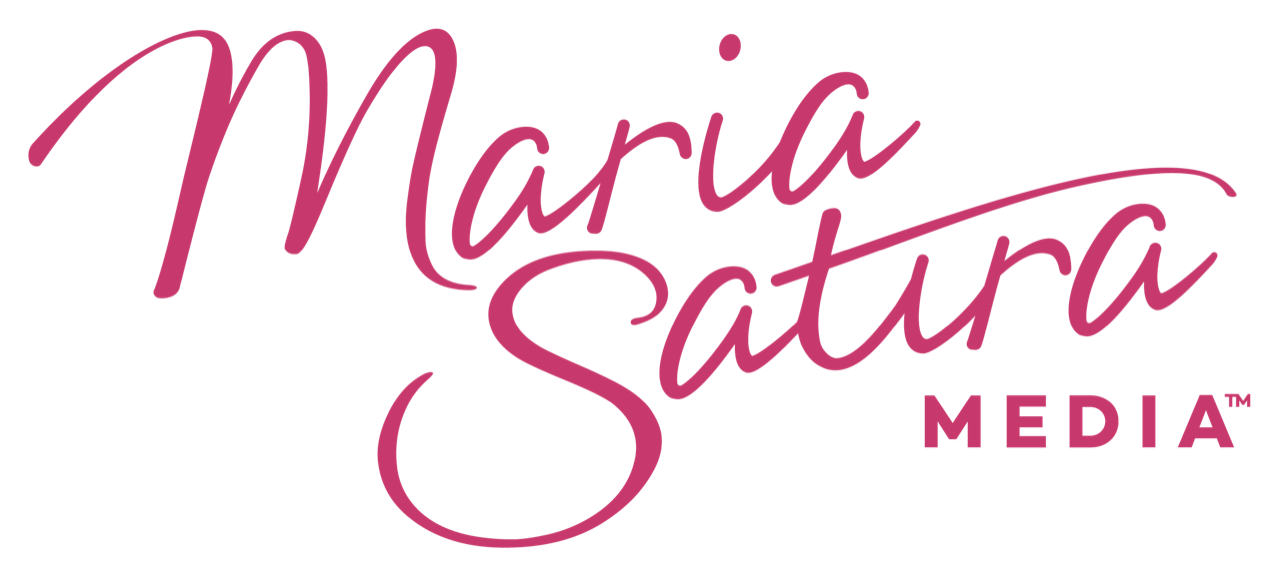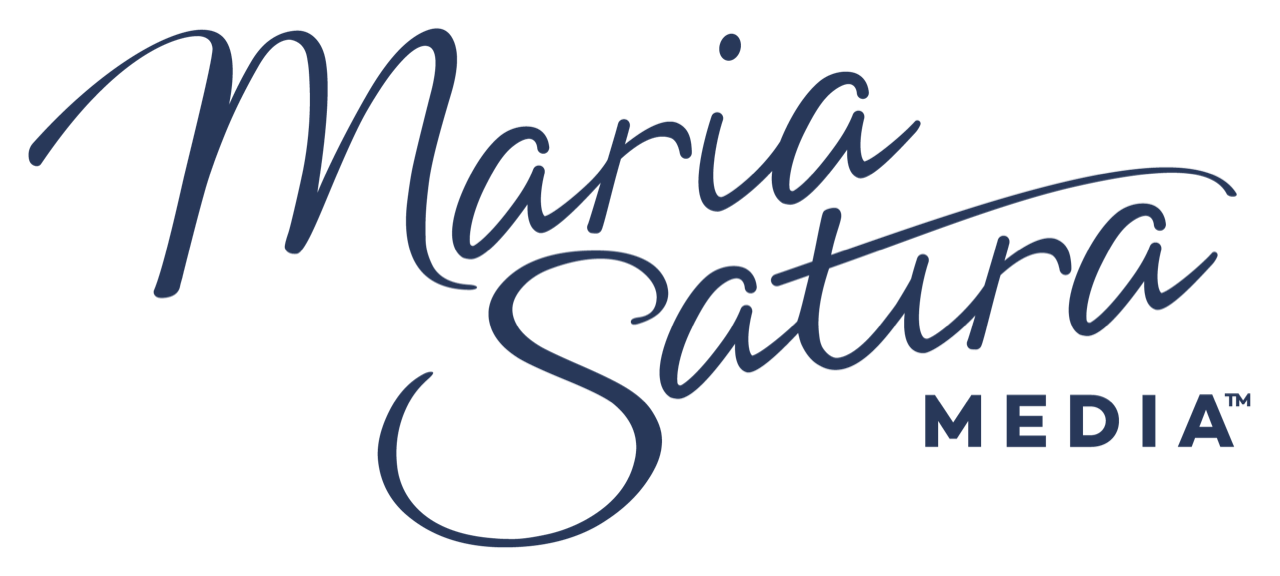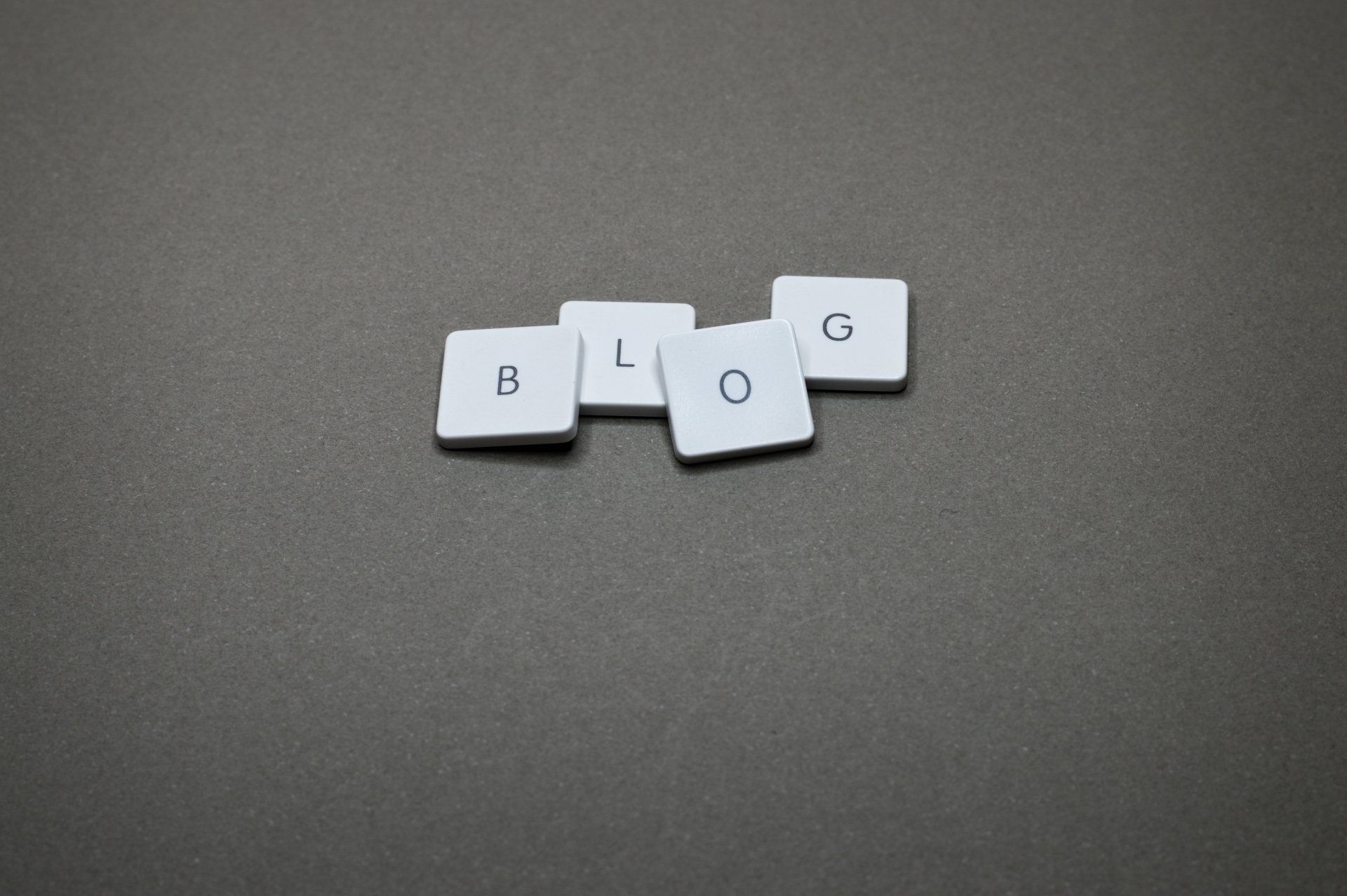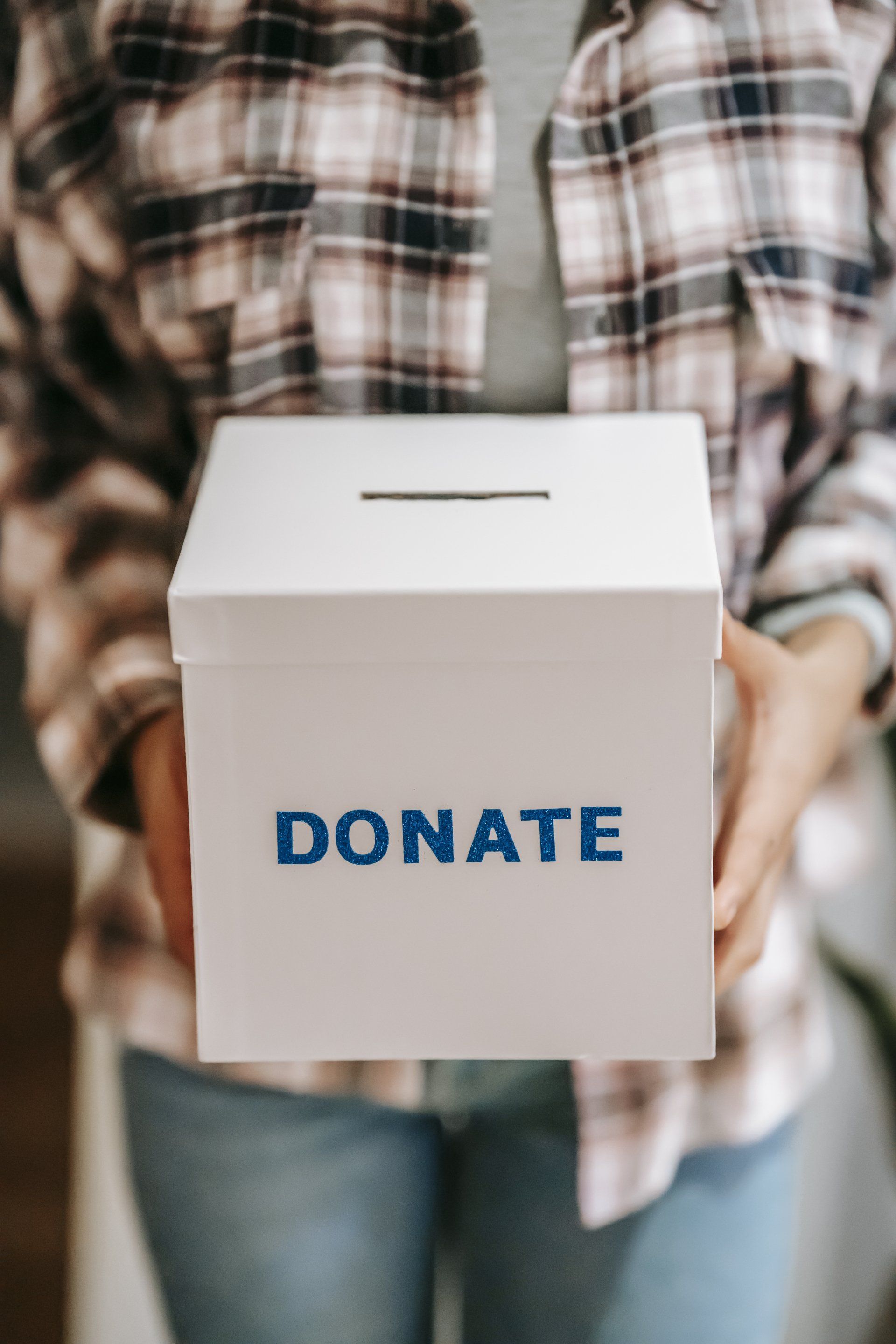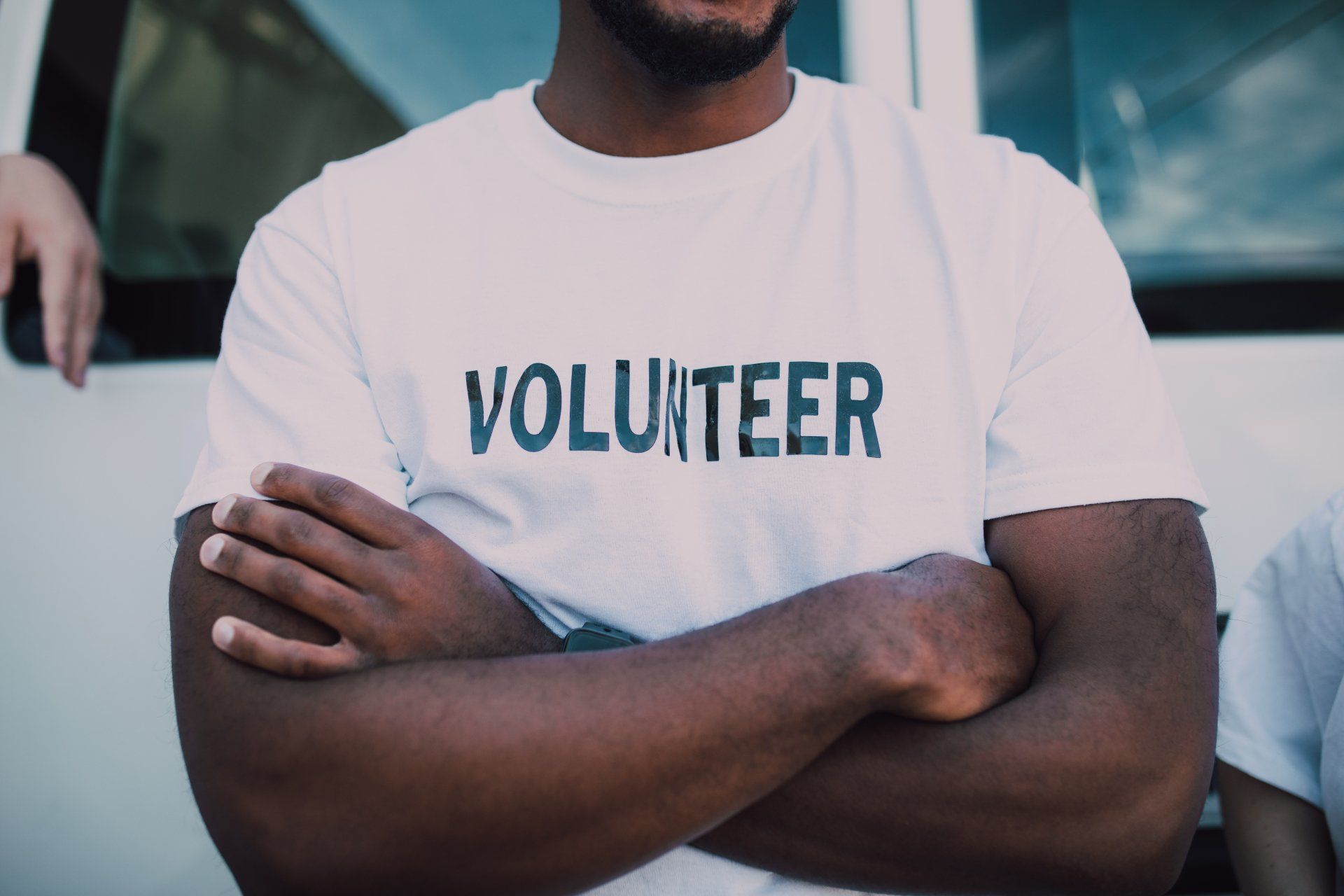The Best Free Digital Marketing Resources for Nonprofits
Your nonprofit can get free digital marketing services from several companies.

Navigating the digital marketing world as a nonprofit can be challenging. While you want more people to learn about your organization, sometimes nonprofit budgets don’t allow flexibility to pay for major marketing campaigns.
I hear that. Several years ago, I started volunteering with an animal rescue group in my community, the Humane Society of Eastern Carolina. The organization didn’t have any extra room in its budget to pay for a graphic design service or purchase graphic design software. At the time, I was chairing the marketing committee so I knew how big of an impact this could have on the organization as they worked to stay trendy with social media content. After doing some research, I discovered a graphic design website (Canva – which we’ll talk about below) that offered a free basic plan. It was great, but we needed a bit more. I did some research and found that the paid plan seemed to check all the boxes. I was ready to suggest to the Humane Society’s board that we should purchase the Pro version when I realized that nonprofits can get it for free! That’s right – FREE!
This led me to explore more tools and services that are offered at no cost for 501(c)3 nonprofits. As it turns out, there are many free (or discounted) options for charities! So, as a way to help your organization’s marketing journey, here are my top three favorite FREE digital marketing resources for registered not-for-profit organizations:
This is my favorite online design tool. Canva Pro is so easy to use and allows non-designers (like myself) create and customize designs that look professional. From social media posts to annual reports, there are hundreds – if not thousands – of templates that you can use. While it is free for nonprofits, there is an application and verification process. It doesn’t take too long, but it’s well worth the wait. Here are the types of nonprofits that qualify for this Canva program:
- Registered nonprofits
- Social impact organizations with a mission consistent with a public or community benefit
- Public health organizations, and government entities assisting with public health
I love Canva Pro so much that I do use the paid version for my own personal business. I think it is the most value-added graphic design and template website – and it’s definitely worth every penny. That’s why I highly recommend Canva Pro for businesses too. Use this link for added savings.
Linktree:
Create an amazing landing page with Linktree! This service allows you to connect to your digital audiences and give them all the resources they need with just one link. You can put this as a “link in bio” on Instagram, post it on your Facebook or LinkedIn, or use it as a landing page for a QR code. The possibilities are endless. The basic account is free, but there are plenty of great features in the paid accounts. Fortunately, for registered charities around the world, Linktree PRO is free! The PRO version is valued at $9 a month which may not sound like much, but for nonprofits, every dollar truly makes a difference.
This is another service that I use the paid account for in my own personal business. Even if you don’t qualify for a free PRO account, I highly recommend this service as part of your digital marketing strategy. You can definitely get by with the free account, but you may find value in a paid option too. These are well worth the cost and start at just $3 a month when billed annually Check out all the plans and their pricing descriptions by clicking here.
As a verified and qualified nonprofit, Google offers ad grants to help share your mission with the world. Each qualifying nonprofit has access to up to $10,000 per month in search ads shown on Google.com. That’s right – PER MONTH! This is amazing for nonprofits and can help in so many ways. There are over a dozen success stories where nonprofits have used this tool to bring more awareness to their organization, recruit more volunteers, and raise more money. That all sounds incredible, right?!
This process is a bit lengthy, but it’s certainly worth the time and effort. First, you’ll have to apply for Google for Nonprofits. In order to qualify, Google requests that organizations are:
- Not a governmental entity or organization
- Not a hospital or healthcare organization
- Not a school, academic institution, or university (Google for Education offers a separate program for schools)
Once you begin the process, you’ll have to register your organization with another resource called TechSoup. You’ll get an email from them (don’t delete it!) which you’ll need to reply to verify your email. From there, if you’re approved, you’ll be able to launch your Ad Grants account and begin using the products. It may seem a bit overwhelming at first, but there are endless tutorials, demos, and guides to help you use your grant budget.
In addition to Google Ad Grants, nonprofits also have access to Google Workspace for Nonprofits, YouTube Nonprofit Program, and Google Earth and Maps.
---
We are passionate about helping nonprofit groups. To get free nonprofit digital marketing tips delivered straight to your inbox, click here. Maria Satira Media also offers an exclusive (and free) online community where we discuss digital marketing tips and trends. You can click here to join our group – we’d love to have you! (Just be sure to fill out the membership questions.)
Feel free to reach out to my team if you’d like to discuss more ways that we can work together! Just send us an email at hello@mariasatira.com and we’ll chat with you soon!
Cheers,
Maria
*This post contains affiliate links. Click here to read this site's disclosure policy.

